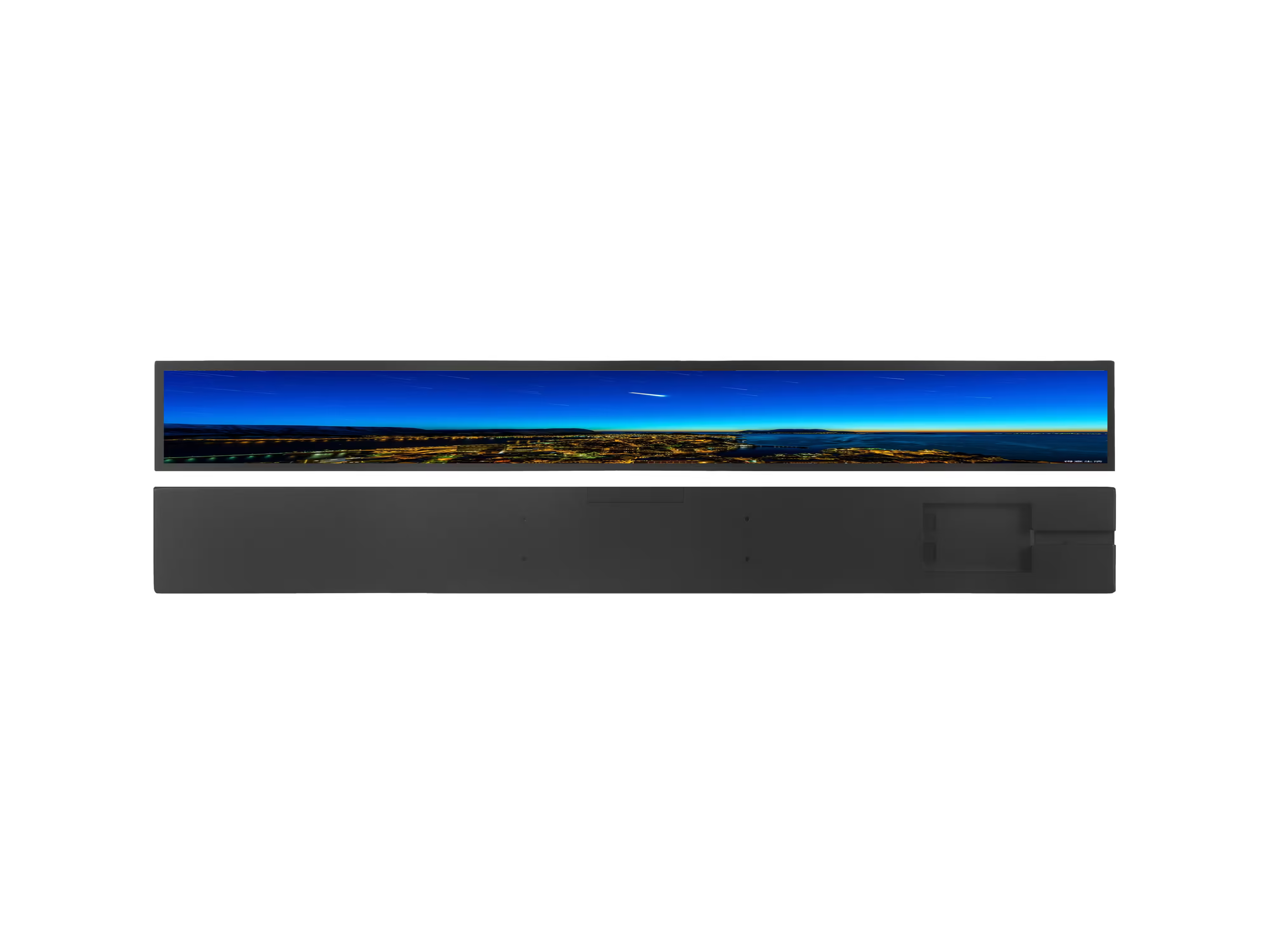In the realm of digital displays, one segment that has seen significant advancements over the years is the humble 2.4 LCD. This technology, once considered basic, has transformed into a versatile and efficient platform for various applications, ranging from consumer electronics to industrial instrumentation. In this article, we will delve into the history, evolution, and current state of 2.4 lcds, with a special focus on Chancedisplay, a leading brand that has made a name for itself in the industry.
The Birth of 2.4 LCDs
The origins of 2.4 LCD technology can be traced back to the early 1980s when liquid crystal display (LCD) panels started gaining traction as an alternative to cathode ray tubes (CRTs). The term “2.4” refers to the diagonal size of the screen, measured in inches, typically providing a balance between portability and readability. Early 2.4 LCDs were simple monochrome displays, offering limited resolution and grayscale options but were ideal for low-cost devices like calculators and watches.
Advancements and Growth
As technology progressed, so did the capabilities of 2.4 lcds. The introduction of color displays in the mid-1990s marked a turning point, allowing for more vivid and engaging visuals. Manufacturers began optimizing their panels for higher contrast ratios, improved brightness, and faster response times, making them suitable for a broader range of applications, such as digital signage and small appliances.
Chancedisplay’s Role in the Market
Chancedisplay, a brand that has emerged as a prominent player in the 2.4 lcd landscape, has been at the forefront of innovation. Their commitment to quality and customization has set them apart. They offer a wide variety of 2.4 LCD solutions, tailored to meet the diverse needs of their customers. From ruggedized industrial panels designed for harsh environments to sleek and energy-efficient options for consumer electronics, Chancedisplay has consistently pushed the boundaries of what is possible with this technology.

Panel Technology Enhancements
Over the years, 2.4 LCD manufacturers have employed various techniques to improve panel performance. One such advancement is the use of Thin Film Transistors (TFT), which replaced traditional twisted nematic (TN) panels. TFT-based LCDs provide better image quality, faster response times, and wider viewing angles, making them a popular choice for modern devices. Chancedisplay’s TFT-LCDs are known for their excellent color accuracy and high durability.
Energy Efficiency and Low Power Consumption
In today’s eco-conscious era, energy efficiency is a crucial factor for both consumers and manufacturers. 2.4 LCDs have evolved to consume minimal power, thanks to advanced pixel structures and power-saving modes. Chancedisplay’s products, in particular, boast low power consumption, enabling devices to run longer on a single battery charge while maintaining optimal performance.
Touchscreen Integration
The integration of touchscreens with 2.4 LCDs has further expanded their functionality. Capacitive, resistive, or even touch-pen technologies have been incorporated into these displays, transforming them into interactive interfaces. Chancedisplay offers a range of touchscreen-enabled 2.4 LCD solutions, making them suitable for applications like kiosks, point-of-sale systems, and IoT devices.
Customization and Flexibility

One of Chancedisplay’s key strengths is their ability to customize panels to meet specific customer requirements. They offer a wide range of display sizes, resolutions, and connectivity options, ensuring that their clients can find the perfect match for their projects. Moreover, they provide comprehensive design support and engineering services, streamlining the product development process for their partners.
Future Prospects and Challenges
While 2.4 LCD technology continues to evolve, it faces competition from newer display technologies like OLED and QLED. However, the cost-effectiveness, reliability, and wide availability of 2.4 LCDs make them an attractive option for many applications. As the demand for smaller, more energy-efficient displays persists, CHANCEDISPLAY‘s expertise in this area will likely remain relevant.
In conclusion, the 2.4 LCD has come a long way since its inception, thanks to continuous innovation and improvements. Brands like CHANCEDISPLAY have played a pivotal role in shaping the market, offering high-quality, customizable solutions that cater to various industries. As technology continues to advance, Chancedisplay’s commitment to excellence ensures that their 2.4 LCDs will remain a competitive force in the digital display landscape.


